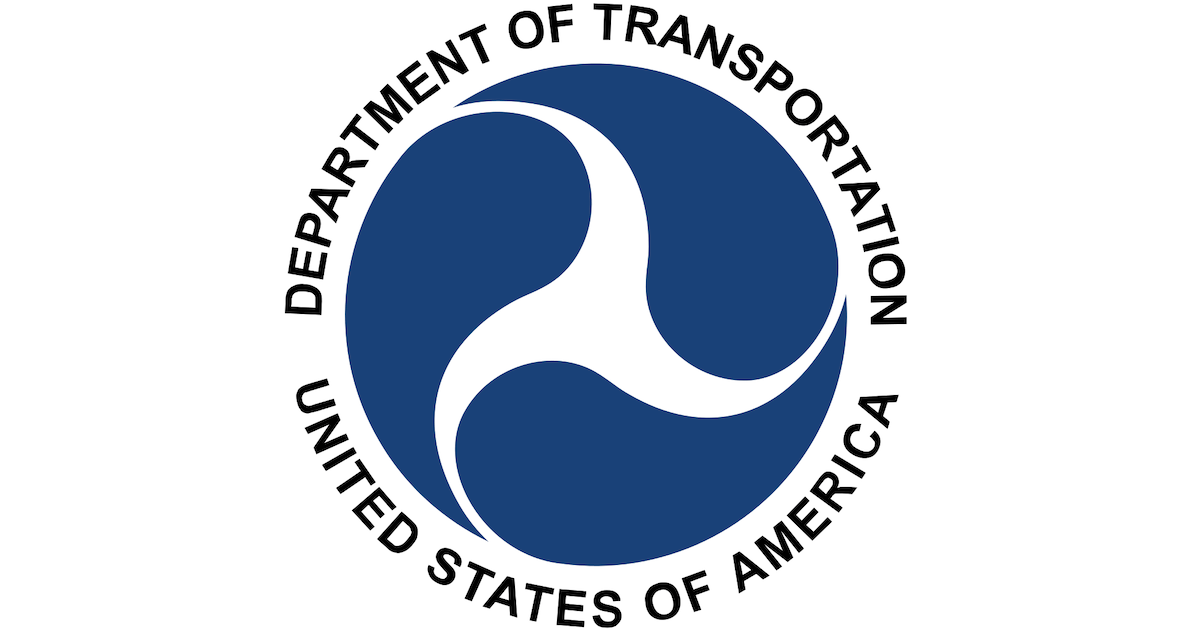National Infrastructure Project Assistance (Mega) program
Federal Agency

Sub-Department
Office of the Secretary of Transportation
Purpose
To fund major projects that are too large or complex for traditional funding programs. Projects will be evaluated based on outcome criteria. The six outcome criteria are: (1) safety; (2) state of good repair; (3) economic impacts, freight movement, and job creation; (4) climate change, resilience, and the environment; (5) equity, multimodal options, and quality of life; and (6) innovation areas: technology, project delivery, and financing.
Applicant and/or Project Eligibility Requirements
Projects may include: 1. A highway or bridge project on the National Multimodal Freight Network, 2. A highway or bridge project on the National Highway Freight Network, 3. A highway or bridge project on the National Highway System, 4. A freight intermodal (including public ports) or freight rail project that provides public benefit, 5. A railway highway grade separation or elimination project, 6. An intercity passenger rail project, 7. A public transportation project that is eligible under assistance under Chapter 53 of title 49 and is a part of any of the project types described above.
Decarbonization Considerations
Outcome criteria climate change will receive the highest score if the project significantly reduces greenhouse gas (GHG) emissions reductionsrelative to a no-action baseline through one of the following methods: modal shift, land-use planning to reduce trip length or frequency, traffic demand management, or incorporation of freight logistics technology.
Equity Considerations
Projects will receive the highest score in the equity outcome criteria if (1) the project includes physical-barrier-mitigating land bridges, caps, lids, linear parks, and multimodal mobility investments that either redress past barriers to opportunity or that proactively create new connections and opportunities for disadvantaged and other communities that are underserved by transportation. (2) The project includes new or improved walking and bicycling infrastructure, reduces automobile dependence, and improves access for people with disabilities and proactively incorporates Universal Design. (3) The project includes new or improved freight access to disadvantaged and underserved communities to increase access to goods and job opportunities for those communities.
Helpful Tips
Half of the funds available in each fiscal year is reserved for projects greater than $500 million in cost, and half is reserved for projects greater than $100 million but less than $500 million in cost. Applications will be evaluated on six outcome criteria, economic analysis, project readiness, and statutory requirements.
Other Notes
DOT is combining three major discretionary grant programs and two fiscal years of funding into one Multimodal Projects Discretionary Grant (MPDG) opportunity to reduce the burden for state and local applicants and increase the pipeline of “shovel-worthy” projects that are now possible because of the Bipartisan Infrastructure Law.
